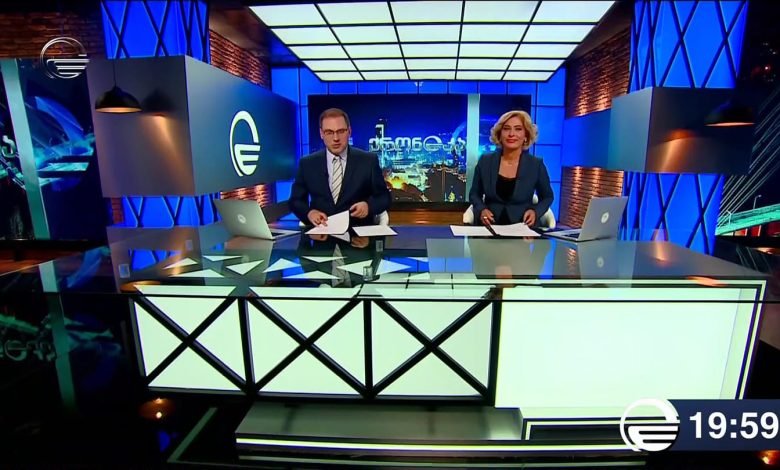
TI Georgia: Advertising Market in Georgia Insufficient for Media to Function Properly
On June 18, Transparency International Georgia published a detailed review of the commercial revenues of Georgian TV and radio broadcasters in 2023. According to the report, overall revenues increased by 18.8% compared to 2022, reaching GEL 95 million, mainly due to an increase in commercial revenues of pro-government TV channels. The organization analyzes the situation in the media advertising market and concludes that it is not conducive to the proper functioning of the media.
In 2023, commercial revenues for TV channels specifically increased by 18.6% compared to 2022, but only by 5.3% compared to 2021. This was due to the sharp drop in revenues after the second quarter of 2022, when the legal restrictions on gambling advertising were introduced. In addition, TI Georgia notes that pro-Government broadcasters – Imedi TV, Mediaholding (Rustavi 2), PosTV – received 3.1 times more (GEL 57.1 million) revenues than the government critical broadcasters (GEL 18.4 million).
The pro-Russian, openly anti-Western propagandist TV channel Alt Info’s revenues dropped by GEL 375,512 in 2023, reaching only to GEL 609,376. The entire revenues are from Tsiala Morgoshia, who owns 50%-shareholder of the TV channel and is the aunt of the pro-Russian Conservative movement’s co-founder Konstantine Morgoshia. The TV channel with similar agenda, Obiektivi also received less money – GEL 372,431.08, which is a drop by GEL 457.7 thousands compared to 2022. Out of the revenues received in 2023, GEL 176,965 was donated from the owners of Obiektivi.
TI-Georgia notes that political parties spent GEL 1.14 million on commercials, out of which only 4% – GEL 45,529 was spent on TV commercials. In 2023, more than half of the political commercials were placed by the ruling Georgian Dream party, which spent GEL 631.1 million for this purpose. As for social commercials, GEL 1.6 million was spent on placing them mainly on TV channels Rustavi 2 (GEL 861.3 thousands) and PosTV (GEL 608.4 thousands).
The biggest commercials, worth more than GEL 50 000, were also placed on pro-government channels – 206 on TV Imedi and 109 on Mediaholding. Notably, the report also found that TV channels with biggest revenues spent two or three times more than they make.
Notably, budgetary organizations – ministries, municipalities, legal entities of public law (LEPLs) – brought 206 different types of services from 28 broadcasters, the price of which ranged from GEL 7 000 – 500 000. The biggest suppliers of such services were pro-government channels (127 instances), mainly TV Imedi, Mediaholding, PosTV.
The regional broadcasters have the lowest amounts of revenues. TV channel Odishi only received GEL 240,013.63 in 2023. As for radio broadcasters, both regional and central, their revenues amounted to GEL 7.6 million – 21% more than in 2022.
Conclusion
TI Georgia’s research concludes that the advertising market in Georgia is insufficient for the media’s proper functioning, which is exacerbated by deteriorating legislation and mounting pressure on government-critical media. This situation impedes Georgian media from becoming profitable businesses, one of the reasons being alleged self-censorship within the business environment.
The organization notes that significant portion of advertising revenue is funneled to pro-government channels, which, along with a hybrid information war and a polarized environment, further weakens the media landscape and hampers the existence of politically independent media platforms. These challenges intensify during pre-election periods when political advertising surges.
Consequently, the watchdog says, it is crucial to monitor processes that may impact media viability, such as legislative actions, the detentions and fining of journalists, and ongoing SLAPP (Strategic lawsuit against public participation) cases, all of which heighten financial pressures on the media. TI Georgia stresses that at such a time, it is even more important to address the needs of the media and focus on its long-term institutional resilience.
Also Read:
- 08/02/2024 – ComCom: Pro-government Media Advertising Revenues Up
- 02/10/2023 – TI-Georgia: TVs Lose Money, Pro-Government Media Dominates the Ads Market
This post is also available in: ქართული Русский